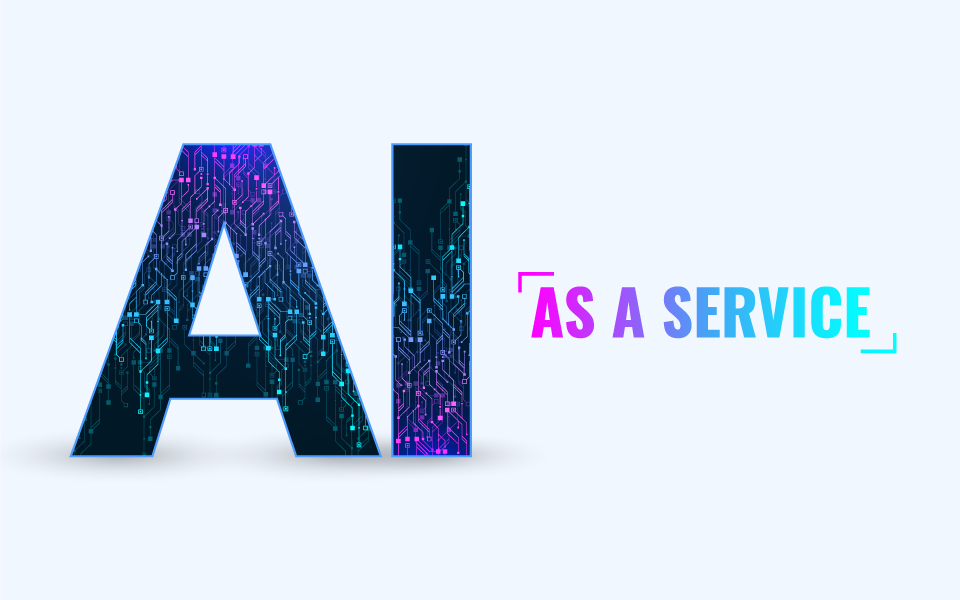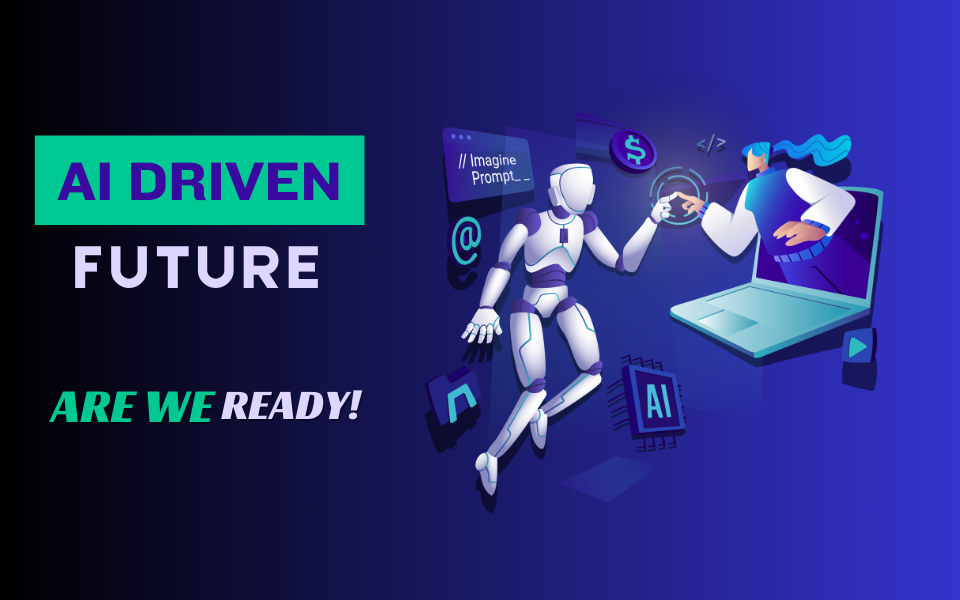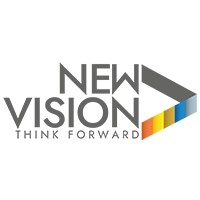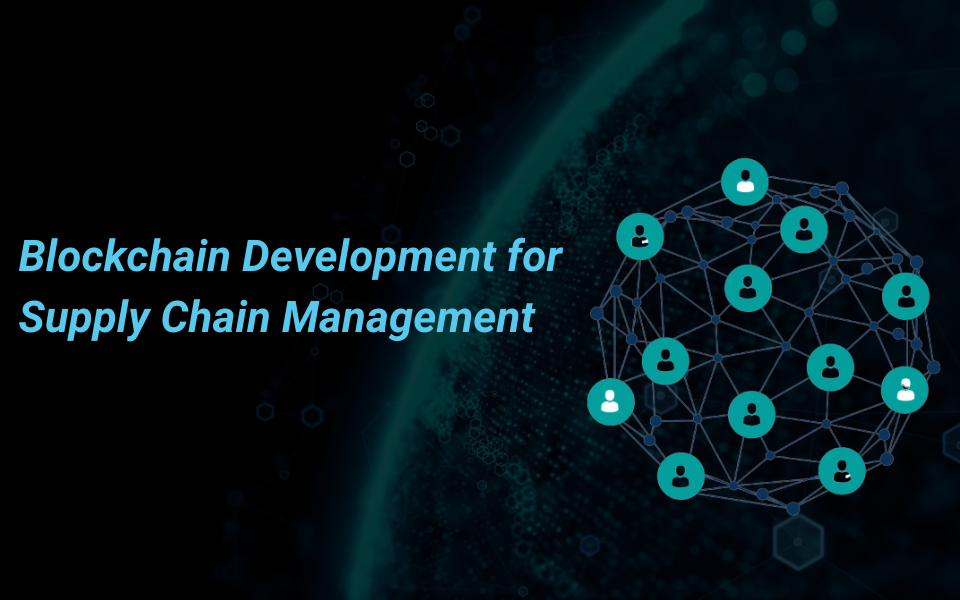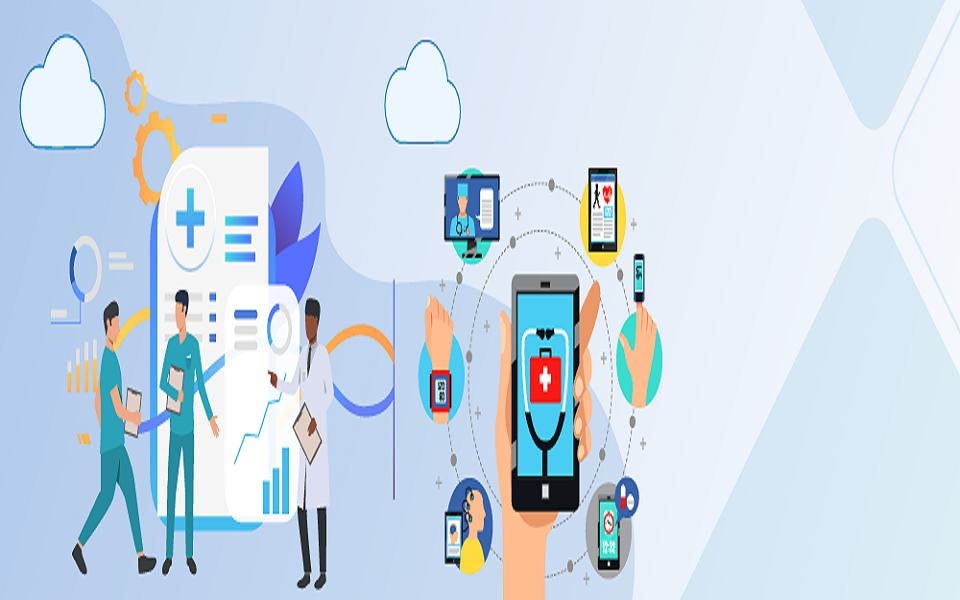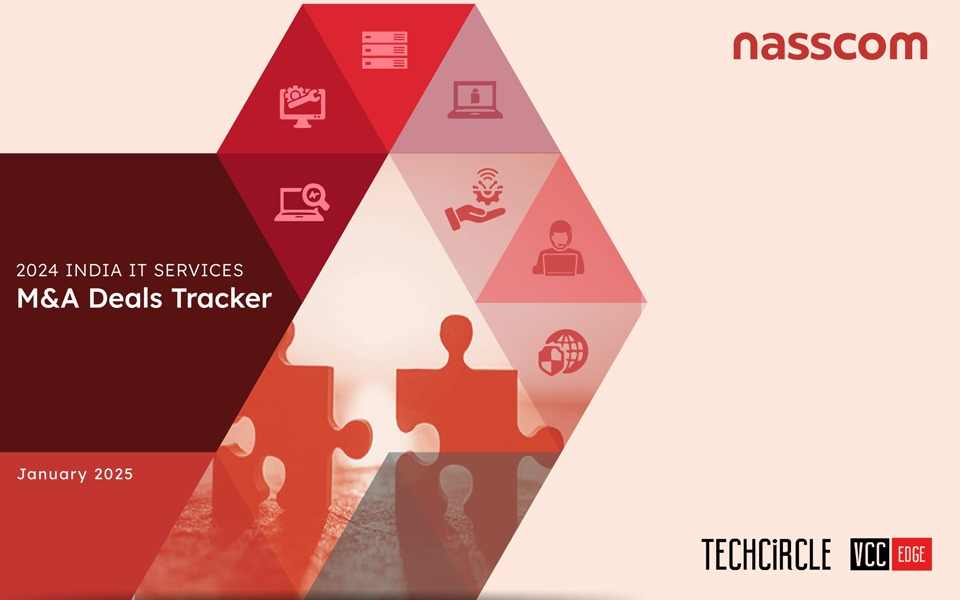In the era of Information Technology, it is difficult to escape the hype around cloud services. In fact, the worldwide spending on public cloud services is expected to have an astonishing growth in the coming years. It is set to reach around $500 billion in 2023, growing from $229 billion in 2019 which is more than double over the forecast period, according to the latest update by International Data Corporation (IDC).
Having said that, the range of the opportunity for cloud service providers (CSPs) is huge, but the competition is intense. To constantly accelerate innovation, while keeping prices low in order to compete is creating enormous pressure amongst CSPs.
However, the cloud shift has important indications for cloud providers. The executives need to understand the myriad of selling approaches that the leading enterprises are adopting today to increase their sales effectiveness, while also provide a consistent customer experience. Specifically, making necessary changes in offers, sales, marketing, and organizations is significant to keep your customers coming back to you.
So, how to create revenue opportunities and stay profitable when selling cloud services? Here are the five most important fundamentals to remember:

Widen your service portfolio
Organizations are increasingly working to expand their service portfolio to serve both internal and external customers. Adding multiple products to your existing services create new and amazing opportunities that improve your overall business goal. If you stick to one product in the long run, even if it’s highly profitable, people will eventually start losing interest as there are so many other providers available in the market offering a range of services on a single platform.
Think of a customer who is planning to start a new business, for example. As he begins, a domain for digital presence is not the only service he would want. He might also need hosting services, dedicated servers, email solution and so on. Here, by offering a range of services, your organization can create competitive differentiation, making you a one-stop IT shop for all your customers.
It is also important to find out the current market trends and the exact needs of your target customers. This will help you to pinpoint the areas your business should focus on, and accordingly, you should map your currently offered services as well as the upcoming capabilities. Once you identify the possible capabilities, you may then prioritize them by developing a holistic portfolio.
Focus on bundling managed services
The shift towards managed services model to transform and run core IT operational activities have been rising speedily. This is clearly demonstrated by figures from the Research Nester revealing the global revenue of the managed services market predicted to grow to USD 262.5 Billion by the end of 2023.
This is an ideal time for Service Providers like you to focus and develop a managed service model that is valuable for both your customers and your business. The managed services model is convenient to customers as more and more are now switching to subscribing a managed service provider (MSP) that takes care of management bundled with their services.
Before you set your focus on managed services, you need to define your customer’s specific problem that your business is going to solve. For example, analyze your customer’s needs first, depending on that allocate the resources to him. This will allow you to align more closely with your customer which will ultimately help you to continuously grow margins and grow sales pipelines.
Upsell and cross-sell your products

Upselling and cross-selling of products are useful in both anticipating your customer’s needs and increasing your profit. In order to accelerate your revenue, you must first understand your customer’s needs and offer them relevant products at the right time to demonstrate your understanding. But how, exactly can this be done?
For example, if you are offering 2 GB RAM in your cloud hosting plan for one website to your existing customer, you may upsell the same product by introducing a new plan, say 4 GB RAM at a slightly higher price. Chances are, your customer might be looking at this and accepts your new offer.
For cross-selling, on the other hand, another customer using a cloud service delivery automation platform can be complemented by offering an email marketing software.
This method will work effectively for enterprises that understand their customers. However, make sure that you suggest relevant products only, and evaluate properly when promoting upsells and cross-sells to customers.
SEO optimized marketplace with self-service purchasing journey is imminent
In order to win over the high competition in the marketplace, sellers must present their best cards on the table. Having said that, creating SEO optimized marketplace with the right search terms will make your products more visible to the shoppers than those of competitors’. More visibility of your products brings more buyers, influencing your overall company product sales and rank dramatically.

Just bringing a customer to your marketplace doesn’t complete the process. Companies need to focus on providing better control to their buyers and to provide better control, they can consider a self-service purchasing approach which will complete the overall journey of a shopper.
Customers can then come to your marketplace, make the purchase and just go down. This will reduce any dependency on human resources, backend team, etc. This will also reduce the operational costs, and apparently, will increase your firm’s profits.
Improve operational efficiency with an automation tool

Moving your day to day workload into an automation system frees up workers and enables them to be able to focus on the priority areas where human engagement is highly needed. Hence, sharpening the operational efficiency and effectiveness.
To provide greater clarity, it is important to identify which processes your organization has. For example, business processes like cloud billing, service delivery, employee onboarding, etc. are some of the repetitive and time-consuming tasks that require an automated process implementation. By automating these processes, you can refocus your time and skills on necessary tasks having the most value to your business.
Here, a tool can be the best fit model that can make things easier by following an established system to monitor, analyze, manage, and automate the whole process. By using a tool like this, you can grow your automation set, ease out the complex processes and focus on the areas that need manual attention. As a result, your cloud selling operational costs will reduce, increasing your revenue.
Conclusion: sharpen your focus on customers and design strategies for improvement

The shift to the cloud can be a challenge for cloud service providers. On the surface, the way of making money in an enterprise clearly depends on delivering consistent and unique customer experience, as well as using tools and methods to analyze, market, interact and meet the customers’ ever-expanding needs.








